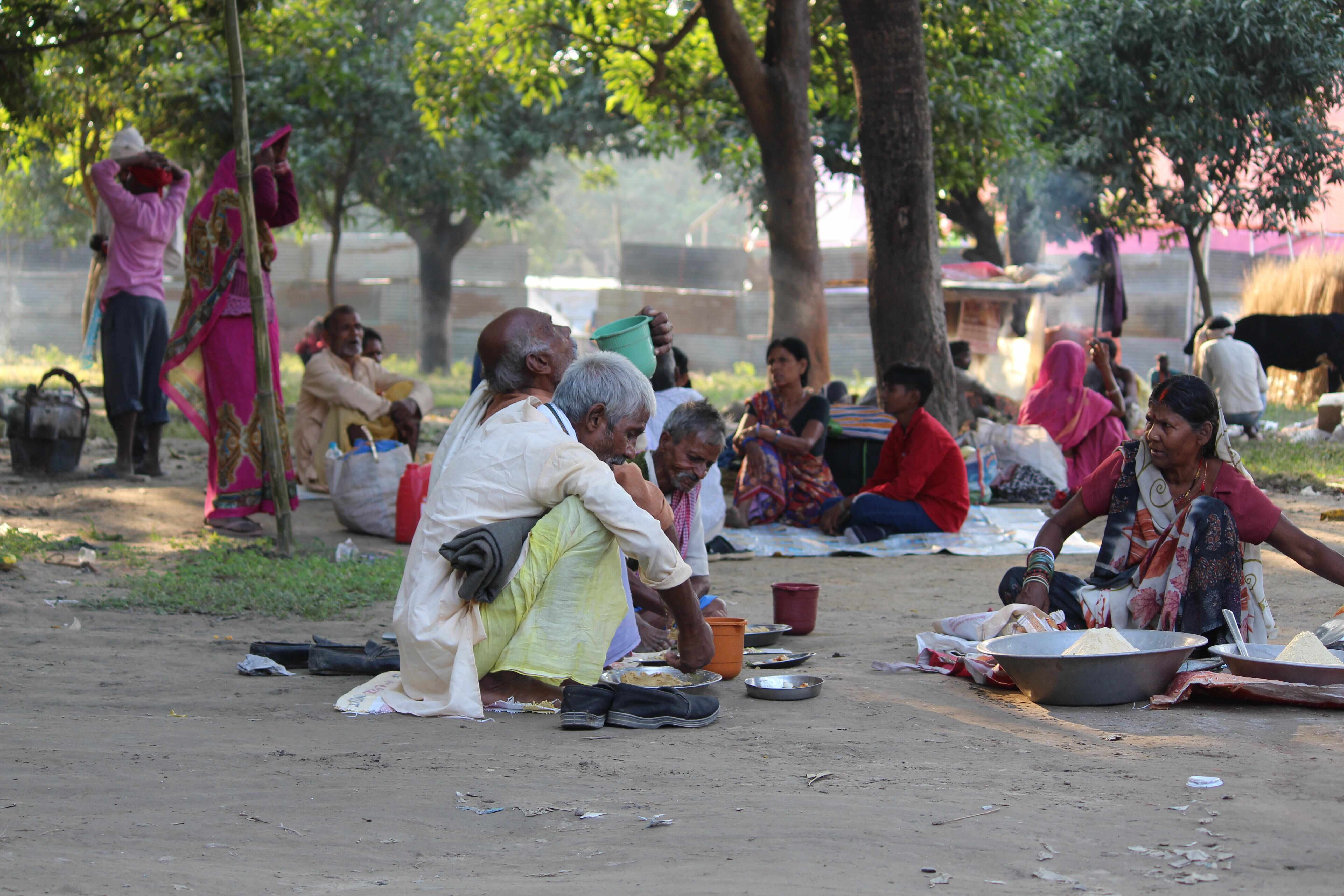Diving into details
Conventional categorisation of states along socio-economic parameters fails to capture realities, accurate interpretation of granular data is needed; write Pawan Sain & Chirag Dudani

BIMARU' as a term was coined in the mid-1980s by one of the foremost demographers of the time, Ashish Bose. He used this term resembling the Hindi word 'sick' in a paper presented to the then Prime Minister, Rajiv Gandhi, to refer to the four states of Bihar (undivided), Madhya Pradesh (undivided), Rajasthan and Uttar Pradesh. The term, which eventually got popularised in policy circles, was used to point out the relatively poorer economic and social conditions in the four northern states. The extent of this gross categorisation's impact on policies is unclear, but it is likely to have led to confirmation biases given the wide usage of the term till now.
The problem with clubbing large states under an umbrella perception across a protracted timeline is that it masks more than it reveals. UP, for instance, with a population larger than most European nations, is likely to have multiple realities than a single congruous whole. These realities have further changed post liberalisation of the 1990s and stark differences are apparent based on economic history, geographical proximity to urbanisation, concentration of social groups and other relevant factors. The deviations are both in absolute parameters and the direction and quantum of changes thereof.
Hence, it is critical to look at units deeper than the states—districts—to understand the on-ground realities and patterns better. While there are various national surveys measuring parameters such as employment, consumption expenditures, education and health outcomes, they individually don't allow us to measure and rank the overall quality of life at the district level. The recently concluded 'Fifth National Family Health Survey' (NFHS-V) provides an opportunity to explore changes at the district level. NFHS-V does not have income or consumption information. Instead, NFHS-V has data to build household wealth index, which is a unique but valid socio-economic indicator and is internationally accepted. It is a composite measure of the cumulative living standard of a household calculated based on the "household's ownership of selected set of assets, such as televisions, bicycles, and cars; dwelling characteristics such as flooring material; type of drinking water source; and toilet and sanitation facilities". While it has its limitations, such as the non-inclusion of actual health and education outcomes, it is still a good proxy to gauge the living conditions of various population sets. It is important to note that some variables are, in a way, a measure of the state's capacity to implement schemes such as Pradhan Mantri Ujjwala Yojana (gas connections), Swachh Bharat Mission (toilets), and Jal Jeevan Mission (piped water connection).
Using the recent data from NFHS-V (2019-21), the wealth index and ranking of districts (707 included) thereof give insightful results. Given that this is district-level data, it captures the patterns and nuances more effectively than state aggregates.
Around 80 of 103 poorest districts are present in the Eastern states of West Bengal, Odisha, Bihar, Jharkhand, Chhattisgarh and North-Eastern states. This is in stark contrast with the usually accepted definition of BIMARU states. Further, Rajasthan, with only two of its districts in the poorest 202 districts, seems to have exited the connotation of BIMARU. There are also large disparities in the usual notion of BIMARU — with 28 per cent of districts of UP being in the bottom 200, while the same figure for Bihar and Jharkhand is 74 per cent, and MP and Chhattisgarh 47 per cent. The results point toward an Eastern poverty triangle, with the aforementioned number being 67 per cent for Odisha, 60 per cent for North Eastern states, and 55 per cent for West Bengal. Interestingly, the 28 per cent figure in UP is predominantly around the middle regions of Avadh and Bundelkhand, rather than East UP, as has been usually perceived.
There has been a lot of debate and a narrative is built around the 'North and South divide', which does not hold much water vis-à-vis the results of the wealth index. There is, in reality, more of a stark West-East divide, with only 10 of the 107 wealthiest districts in the country lying to the East of a straight vertical line passing through Hyderabad district (roughly middle of India), and only three of them in the 13 Eastern states. The most significant number of contiguous districts (~45) of the wealthiest 107 are concentrated around NCR, including districts from Haryana, Punjab, West UP, Uttarakhand and HP. The positive multiplier of a large urban agglomeration in the form of NCR is a possible reason for this, as other prosperous concentrations are also seen around urban centres of Gujarat and Maharashtra.
Apart from the historical economic development and geographical factors aiding growth of Western India, research has also pointed out that the 'Freight Equalisation Policy' of the second Five-Year plan exacerbated this divide. Under this policy, long-distance transport of key industrial inputs such as iron and steel, primarily from the resource-rich Eastern regions, was subsidised to the advantage of already developed manufacturing and export centres in the West. The devolutions based on the Finance Commission's recommendation try to bridge the divide; this too is at the aggregate level of states. Programmes targeted around 'Aspirational Districts' have placed a unique focus on the district-level mapping and development of the poorest districts through need-based interventions.
The scale of the population of large Indian states means that the aggregate state statistics would inevitably not be an accurate measure of the multiple existing realities at a deeper level. The advancements in information technology and survey tools allow for a more granular measurement of living conditions on a real-time basis. Such tools should be further developed for use both by the Centre and States to gain insights and develop customised policy interventions based on the local needs.
Pawan Sain is Joint Secretary, EAC-PM; and Chirag Dudani is Assistant Consultant, EAC-PM. Views expressed are personal



